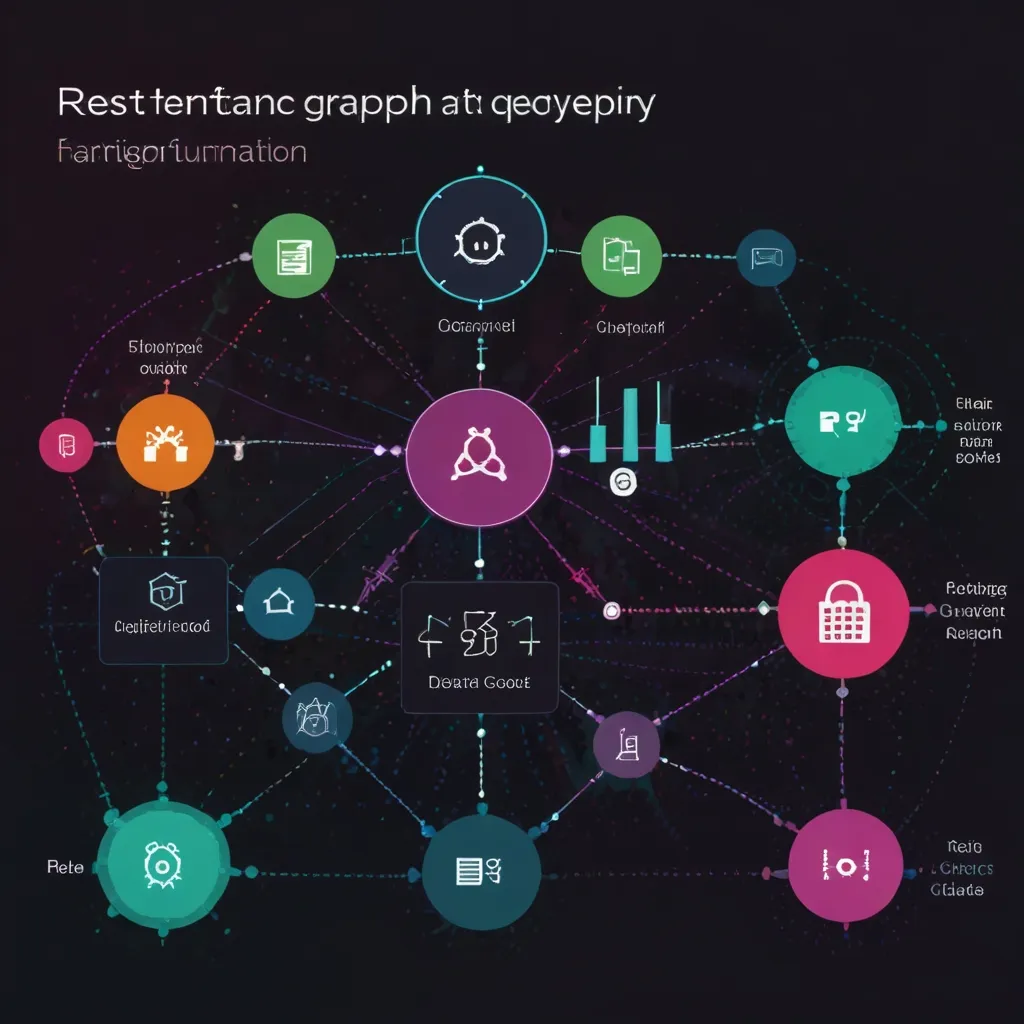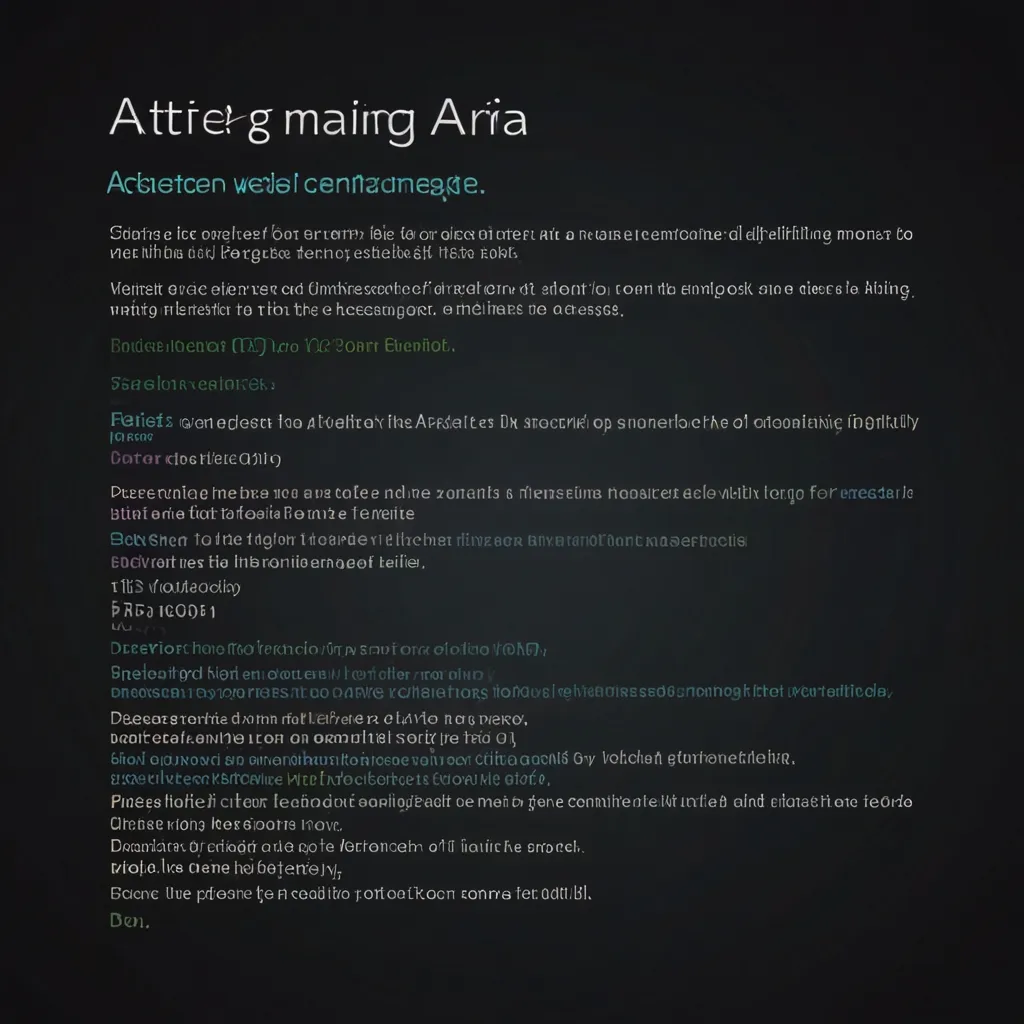APIs, or Application Programming Interfaces, are the backbone of web development, allowing different applications to chat with each other effortlessly. For quite a while, REST (Representational State Transfer) APIs have been the go-to solution. But like every hero has a weakness, REST APIs have their limitations. Enter GraphQL, a game-changing query language developed by the masterminds at Facebook. It’s here to tackle the shortcomings of REST and offer a more robust, flexible, and efficient way of querying data.
So, what’s the story behind GraphQL? It all began when Facebook was making the jump from HTML5-driven mobile applications to native mobile apps. The current solutions, including RESTful APIs and Facebook’s own SQL-like query language known as FQL (Facebook Query Language), just weren’t cutting it. FQL struggled with recursive queries and demanded specialized knowledge to optimize server-side operations—a massive roadblock for Facebook’s growing mobile user base.
The primary gripe with REST APIs is their tendency to over-fetch data. Imagine you’re trying to get just a name and email, but the API returns the entire user profile. This can be a nightmare, especially on mobile networks where every bit of data counts. Plus, REST APIs often require you to make several requests to fetch related data, slowing your application down to a crawl.
This is where GraphQL shines. It’s designed to let clients specify precisely what data they need. Instead of making multiple requests to different endpoints, GraphQL enables clients to gather all necessary info in a single query. This query is then processed by the server, which returns only what’s been asked for, all neatly wrapped in a predictable JSON format.
GraphQL comes with some fantastic features that make it a developer’s dream. For one, the structure of a GraphQL query mirrors the structure of the response, making it easier to anticipate what data will be returned. This ensures developers can write queries tailored to the exact data their applications need.
GraphQL also naturally follows the hierarchical relationships between objects. This means it can fetch all required data in one go, eliminating the need for multiple round-trip requests—a huge win for mobile apps where network latency is a big concern.
Moreover, GraphQL is strongly typed. Each field in a query corresponds to a specific type. This not only ensures the validity of the queries but also provides detailed error messages when things go wrong. This type system powers tools like GraphiQL, which can generate code and offer code intelligence based on the type system.
GraphQL doesn’t dictate how data should be stored. It leverages existing storage solutions, meaning each field in a GraphQL query can be backed by any function, allowing developers to integrate it with their existing databases and business logic seamlessly.
Additionally, GraphQL servers come with introspection capabilities. This means a server can be queried for the types it supports, making it easy for tools and client software to build on top of this information. This introspection is essential for developing tools like code generators and IDEs that work with GraphQL APIs effortlessly.
So where does GraphQL fit in the real world? Well, it was initially built to power Facebook’s mobile apps and has since become a go-to for many other mobile and web applications. By providing a single endpoint for querying data, GraphQL cuts down on server requests, speeding up load times and improving user experiences.
It’s also perfect for real-time dashboards where data is always in flux. With GraphQL, you can integrate multiple data sources into one streamlined view, making it easier to monitor and analyze info in real-time.
GraphQL excels when it comes to API aggregation and versioning, too. It combines multiple APIs into one endpoint, simplifying the management of various API versions. This ensures applications always have access to the latest data.
Then there’s data caching. GraphQL can help cache data on the client side, speeding up loading times even more. This feature is especially useful for apps that need quick data retrieval, such as real-time analytics dashboards.
GraphQL offers several advantages over REST. Its flexibility allows clients to request exactly what they need, avoiding the common pitfalls of over-fetching and under-fetching data. This makes GraphQL especially efficient in scenarios where bandwidth is limited.
Writing queries in GraphQL is straightforward and intuitive, eliminating the need for complex URL constructions and multiple round-trip requests. This simplicity enhances the development process and boosts efficiency.
GraphQL is also designed to be cross-platform compatible, making it suitable for a wide range of applications, from web browsers to mobile devices. This versatility is a significant edge over traditional REST APIs.
In essence, GraphQL is more than just a query language; it’s a runtime engine transforming how data is accessed and consumed on the internet. By allowing clients to request only what they need, GraphQL reduces network overhead, simplifies query writing, and enhances overall data retrieval efficiency. As web development continues to evolve, GraphQL stands as a powerful tool, helping developers build faster, more efficient, and scalable applications.
In practical terms, GraphQL has proven its worth by powering some of the world’s most complex applications. Facebook’s mobile apps, powered by GraphQL since 2012, handle hundreds of billions of API calls daily. Other notable users like GitHub, PayPal, Shopify, and Netflix have also reported significant improvements in application performance and developer productivity thanks to GraphQL.
As the demand for more efficient and flexible data querying grows, GraphQL is poised to become a staple in modern web development. Its ability to unify data across various domains, offer predictable results, and support powerful developer tools makes it a top choice for building robust and scalable applications. Whether working on a mobile app, a web application, or a real-time dashboard, GraphQL offers a compelling solution that can streamline data querying needs and boost application performance.
As you embark on your next big project, consider giving GraphQL a shot. With its array of features and advantages over traditional REST APIs, it might just be the tool that takes your application to the next level.






